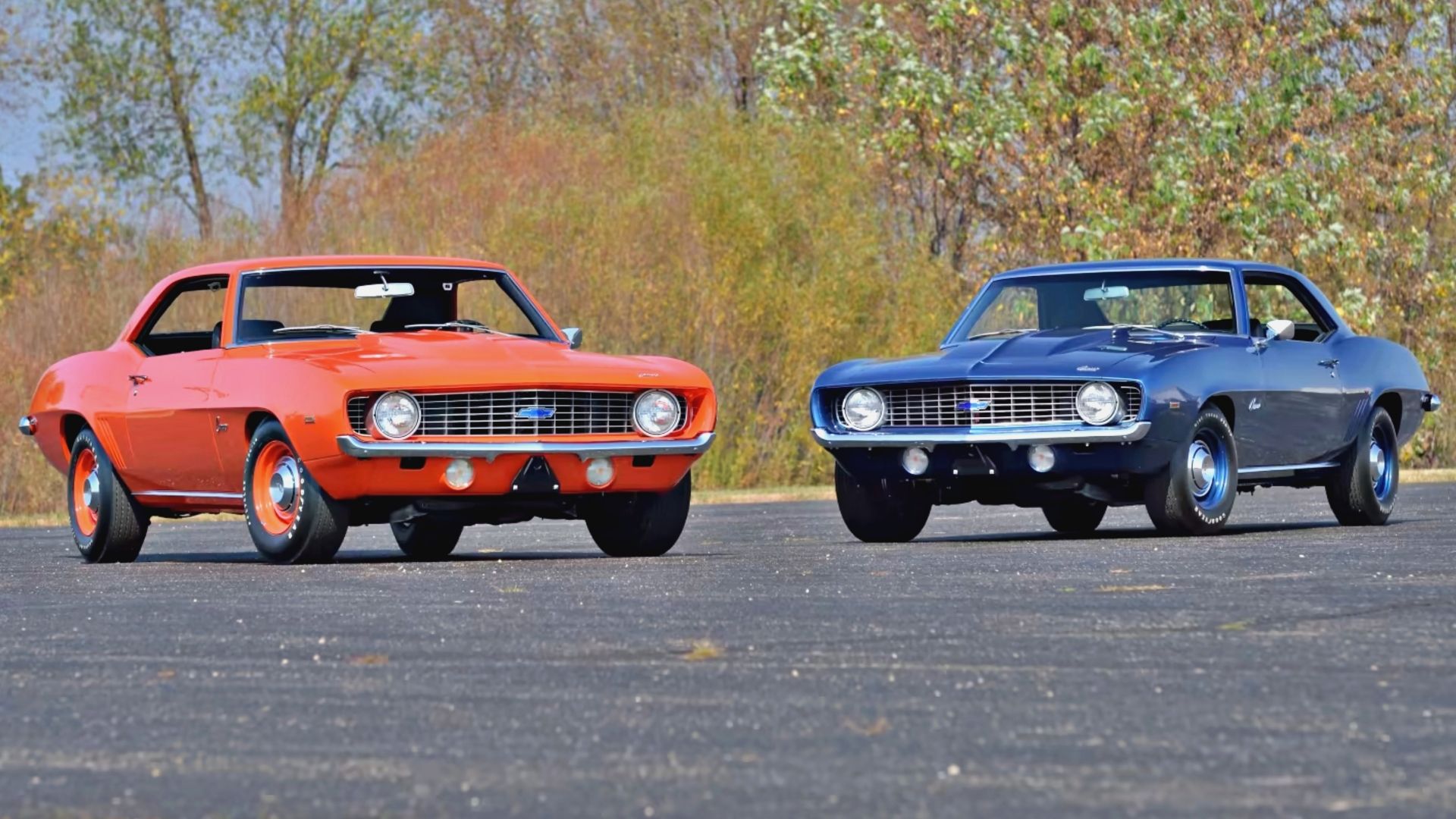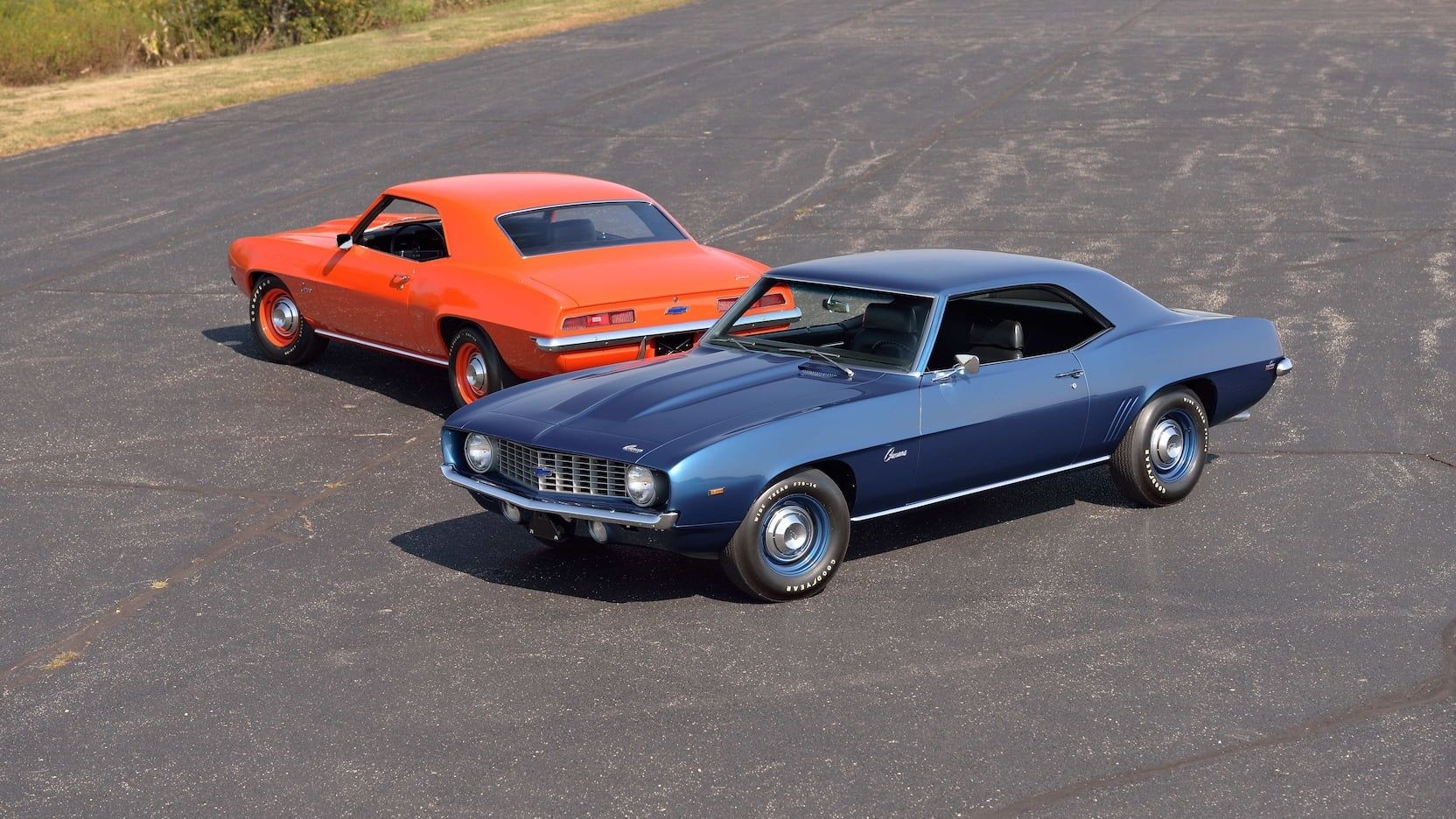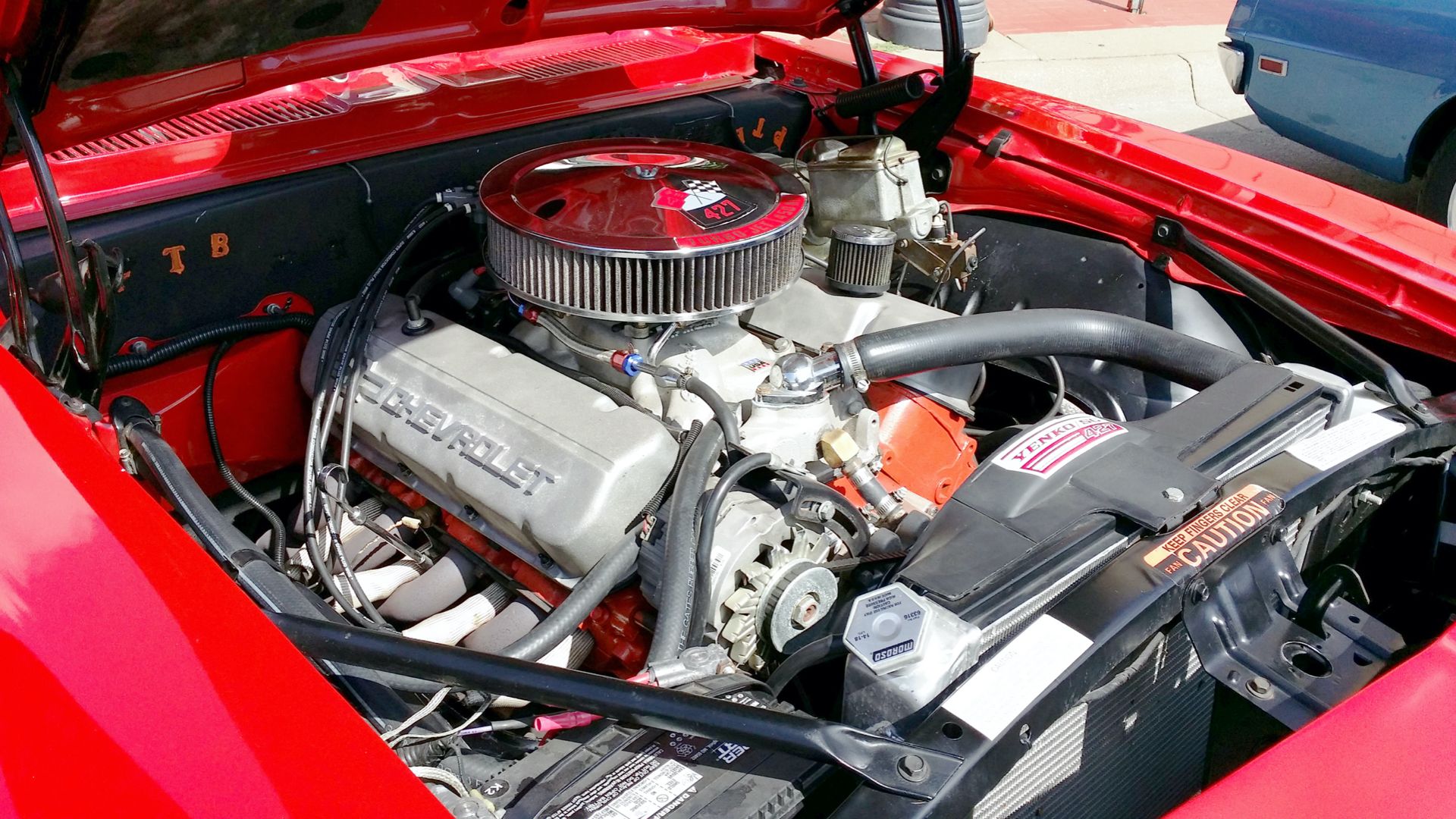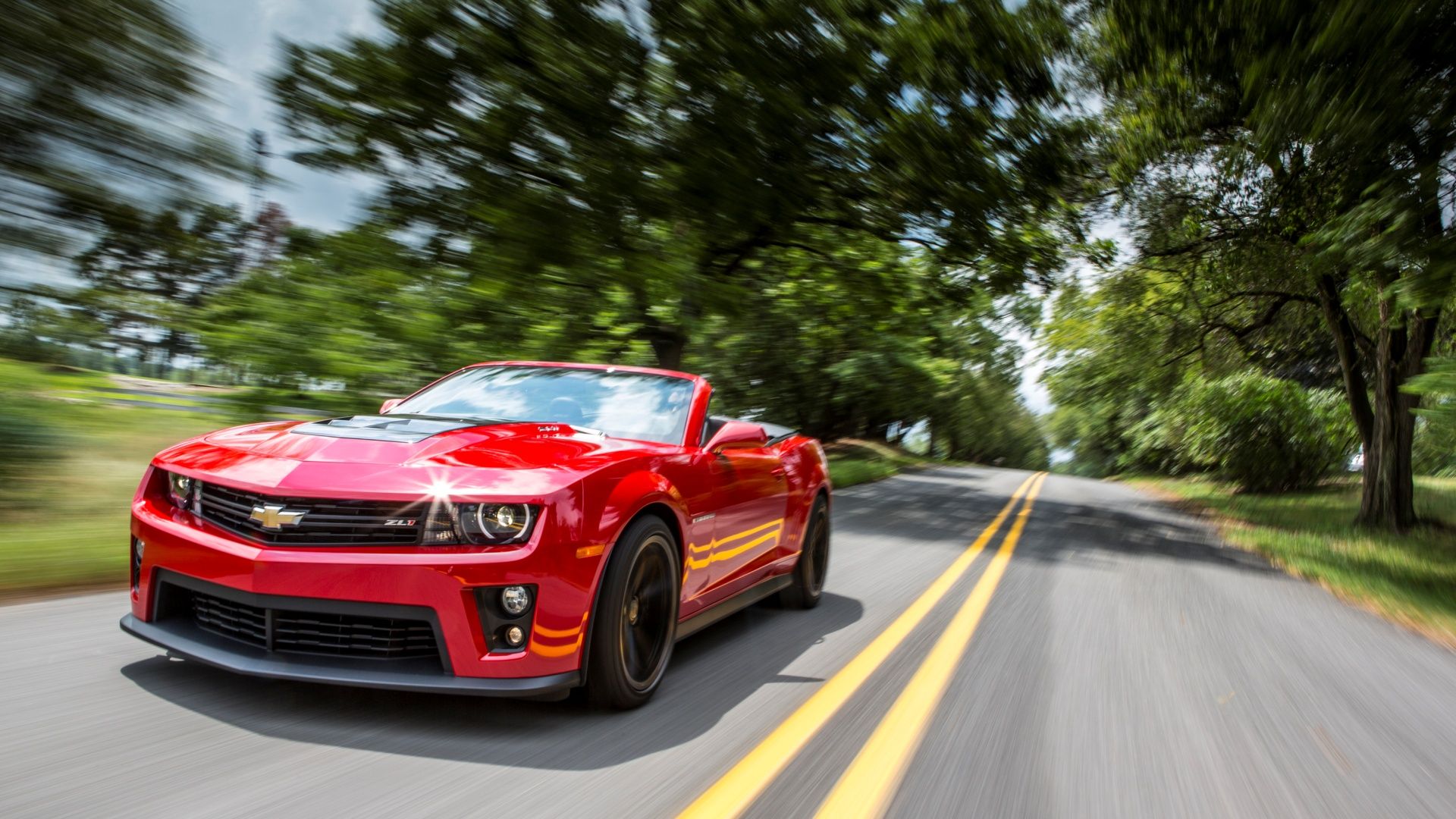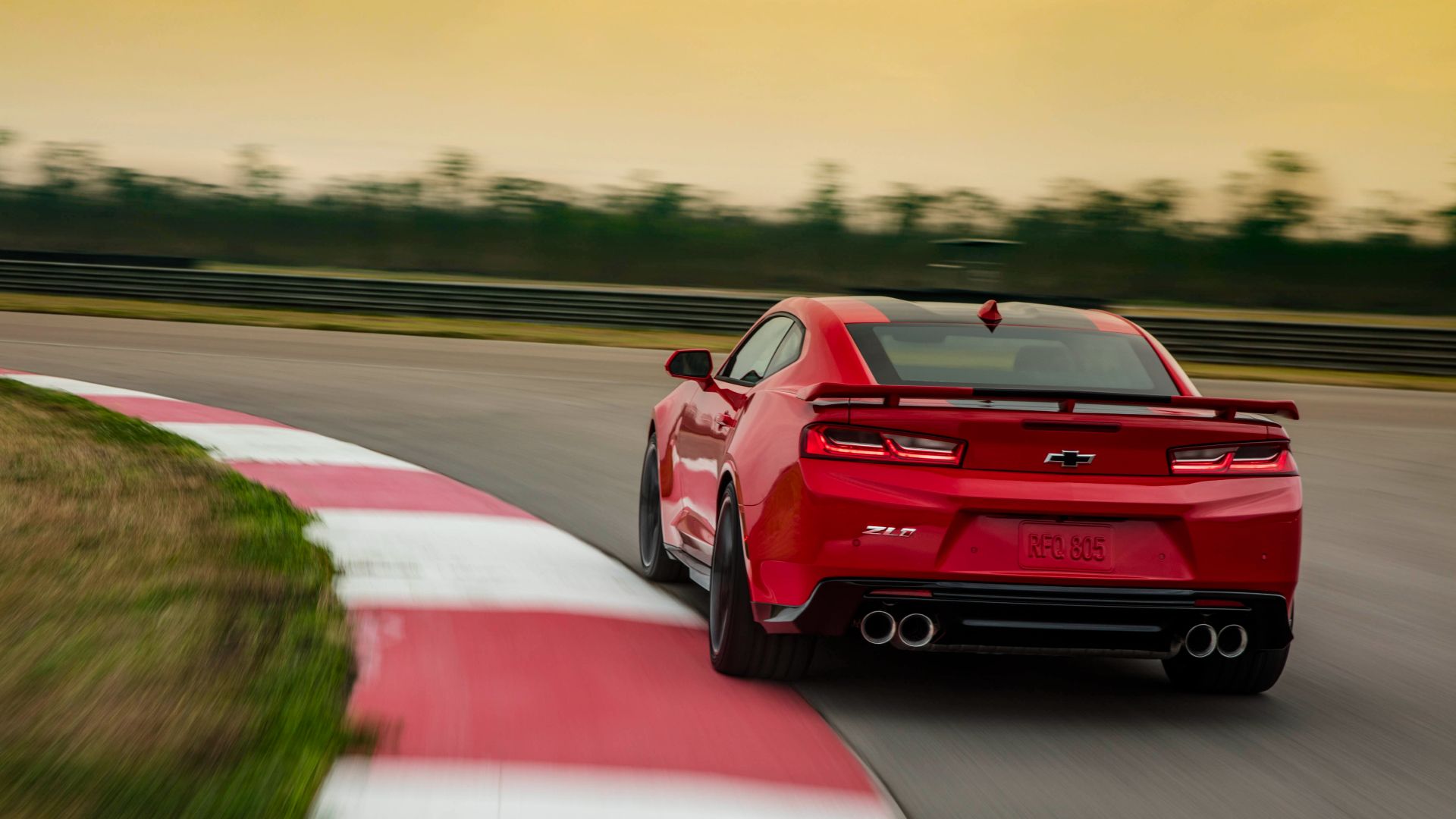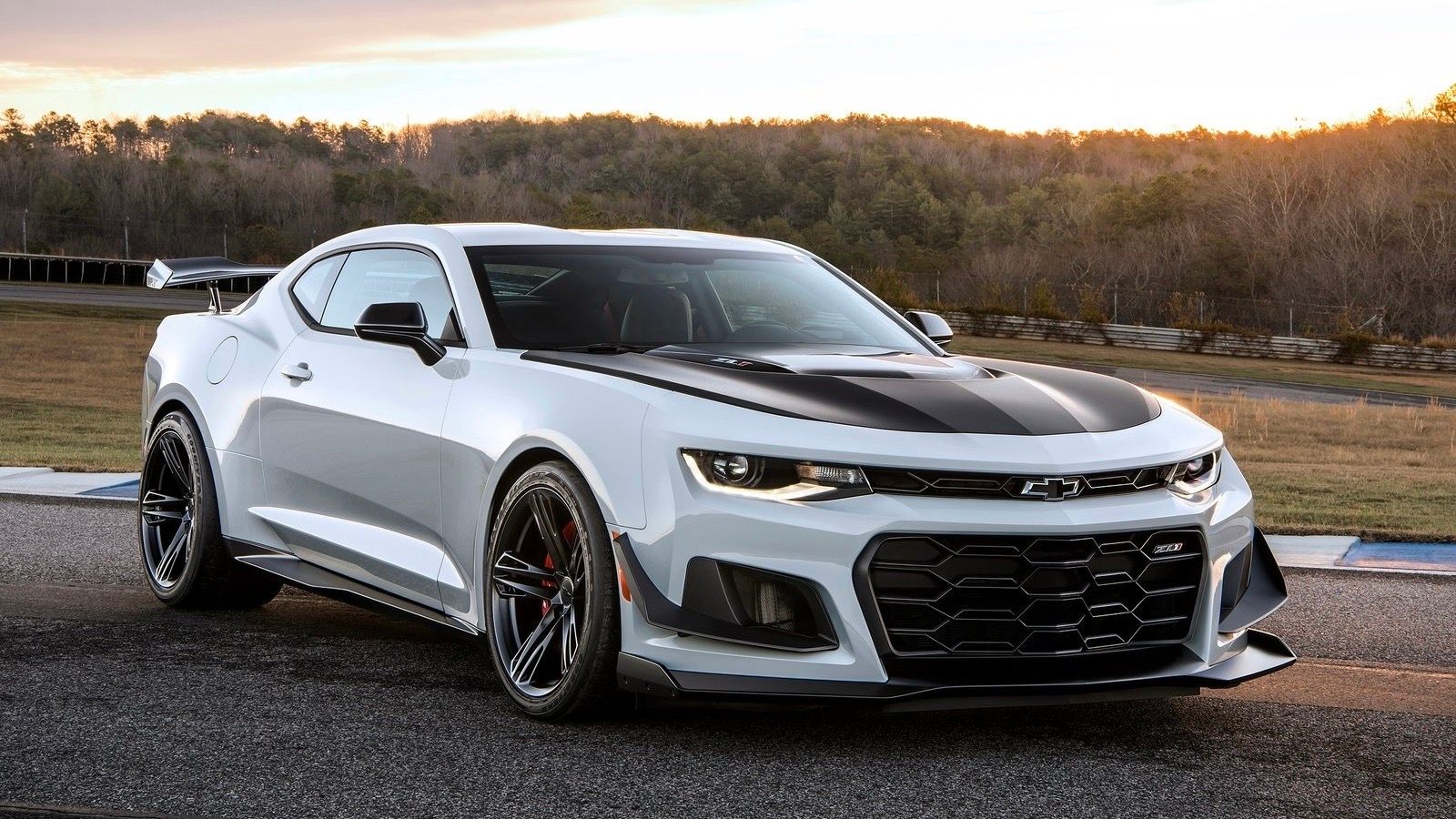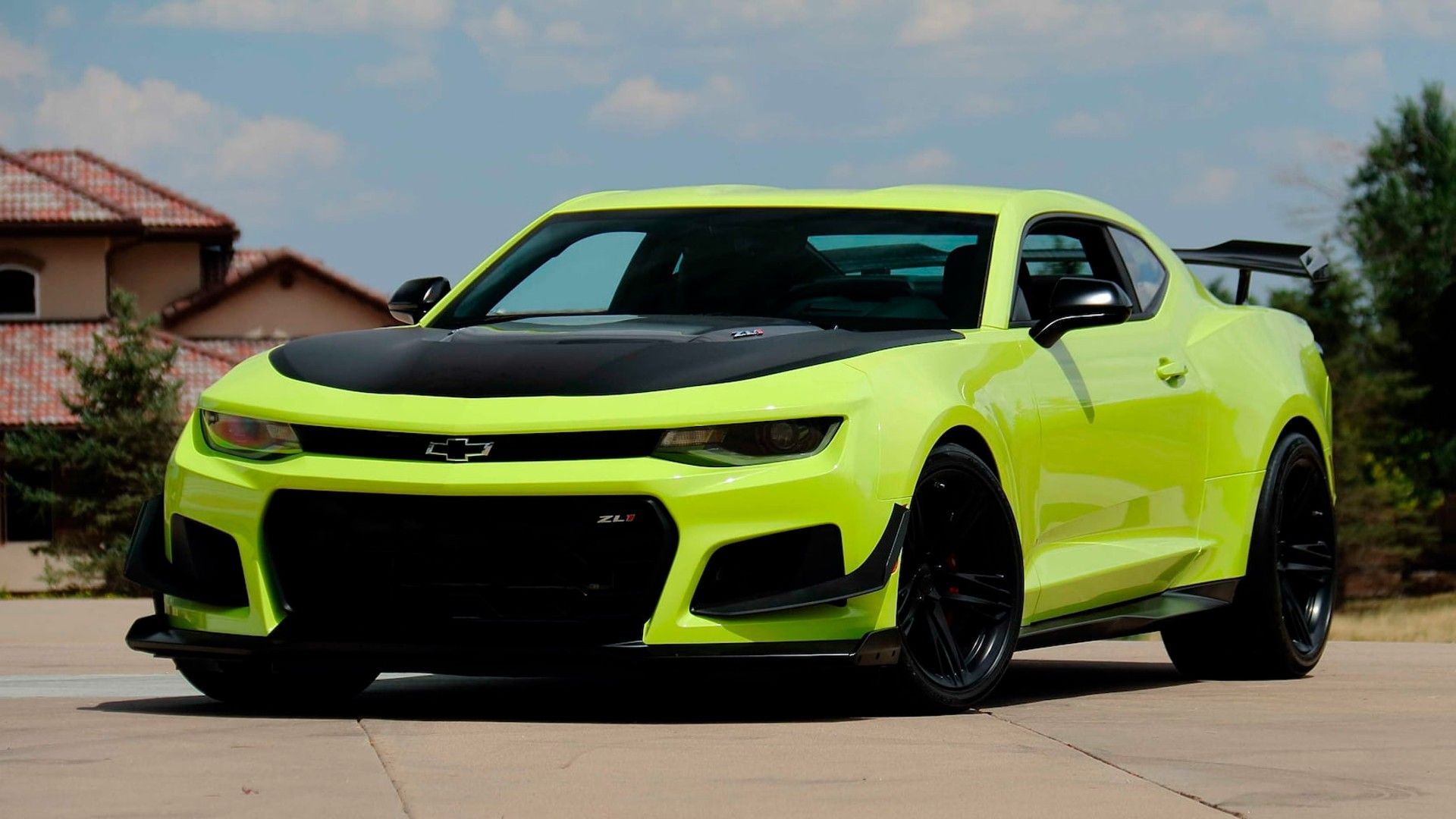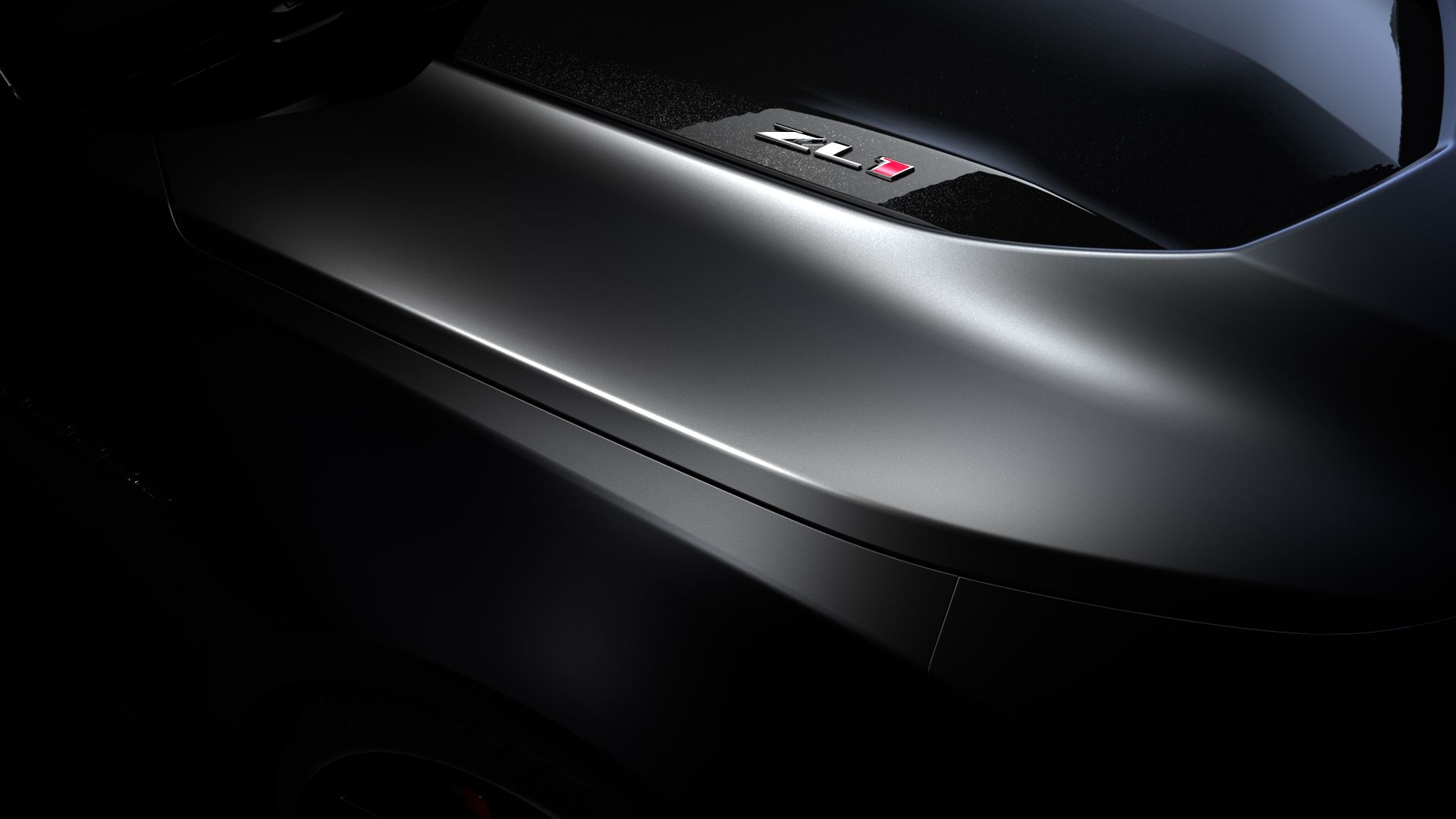The Chevrolet Camaro was born in 1967, to combat the Ford Mustang, alongside its rivals from Dodge. There was a secret to the Camaro that not everyone was aware of, and that is the Central Office Production Order, otherwise known as COPO. The COPO Camaro may have looked plain at times, but they were anything but, and these days they are the most powerful factory Camaro cars GM has ever produced.
It's because of the COPO program that the first ZL-1 was even put together, but it wasn't a trim at this time. It was a COPO code that stood for a special engine package, one that has become the rarest and most desired engine ever for a Camaro enthusiast. Set inside the unmistakable styling of the 1969 Camaro, widely viewed as the most collectible model of all time, it makes for a unicorn of a Camaro.
It wasn't until decades later when the fifth generation marked the return of the Camaro, that the ZL1 (without the hyphen) became a trim. Being based on the '69, the fifth-gen ZL1 was aptly named. Leading into the sixth and final generation of this performance coupe, today's ZL1 is the ultimate Camaro from the factory.
COPO Creates A Winner
The code for a ZL-1 engine package was 9560. Two men by the name of Fred Gibb and Dick "Mr. Chevrolet" Harrell, shall be credited with its creation. Both sought an edge over the Hemi in NHRA drag racing and thought an all-aluminum engine would provide that. Based on the iron Corvette L88, this 427 was just what the doctor ordered. COPO orders could be used for anything, but it specified vehicles in limited quantities that deviated from normal production. The lone requirement is that they had to use production parts and be approved by Chevrolet Engineering.
So Gibb placed an order for 50 ZL-1 Camaro coupes. The engine was rated at 430 horsepower at 5200 rpm, and 450 pound-feet of torque at 4400 rpm, but dyno tests revealed the engine to be closer to 550 horsepower! The appearance of a 1969 ZL-1 car was limited to: blue bow tie emblems on the grille and rear panel; Camaro badges on the header, fender, and deck lid; grilles were argent silver; but the engine was left in an all-aluminum looking state, when all other big blocks were painted orange. The car had a cowl-induction hood, but no rear spoiler or RS appearance package.
The wheels had color-matched, but otherwise plain-looking hubs, not like the more common standard or SS wheels. The interiors were all black. There was no radio, and only five colors were chosen: Cortez Silver; Fathom Green; LeMans Blue; Dusk Blue; and Hugger Orange, with 10 in each color. Of those 10, four had M40 Turbo Hydra Matic transmissions, while six carried the M21 close-ratio four-speed Muncie manual. If you didn't pop the hood, or hear the ZL-1 run, you might think this Camaro is nothing more than a base V-6!
The problem with Gibb's order is that Chevrolet no longer took responsibility for the research and engineering costs to produce a COPO. So he was stuck with a $4,160 per car package, after a $400 each quote, which increased the bottom line to $7,200 including the base price of the car! This made it $1,000 more than an L88, four-speed M22 "rock crusher" equipped Corvette! Needless to say, Gibb had to negotiate a return of 37 cars, and along with an additional 19 COPO 9560s placed by other dealers, meant only a fitting 69 of these '69 cars were ever built!
The ZL1 Awakens With A Roar
In 2012, the fifth generation brought back the ZL1, this time without the hyphen. It was considered the first official production ZL1, as it was finally a trim. The car was an all-out beast dressed in classic retro looks. Add a dual-mode exhaust design, where a valve opened at full throttle or cold start to let out the roar, and the car was sure to get noticed.
At the time it had more horsepower than any rival, but it wasn't just a straight-line car anymore, it evolved into an All-American talent. Boasting a supercharged 6.2 liter LSA V-8, that produced 580 horsepower and 556 pound-feet of torque, it would rocket from zero to sixty in around four seconds! The over 4,000-pound car handled its mass well, pulling a max of one g of lateral force around the track. In fact, it lapped the Nürburgring in a time of 7:41.27.
The standard uint was: a six-speed Tremec manual; magnetic ride suspension; performance traction management system with no-lift shift and launch control; engine, transmission, and rear differential coolers; and brake cooling ducts. With a top speed of 180 mph and Brembo brakes, it could stop from 70 mph in 165 feet! There were only six options: six-speed automatic; bright aluminum wheels; stripe package; power sunroof; interior microfiber suede package; and exposed carbon fiber hood weave insert on the heat extractor.
At a starting MSRP of less than $55,000, the engine specs exceeded those of the Audi R8 GT, Mercedes SLS AMG, and Maserati Gran Turismo, all cars that cost well over six figures. Additionally, it outpowered the 2012 GT500, which didn't come standard with the factory goods the ZL1 had. Magnetic Ride and Performance Traction Management weren't even available on the GT500. A HUD, nine-speaker Boston Acoustic audio system and rearview camera completed the package.
In 2014 the Camaro experienced a facelift, but only the rear end was changed on the ZL1, with different taillights, rear diffuser, third brake light, and rear spoiler differences. A newer, narrower front fascia change on lesser Camaro trims, didn't allow the ZL1 to breathe as well so that was omitted on the top trim. The rearview camera had already been moved into the new infotainment touchscreen for 2013. The 2014 and final 2015 models did have optional Recaro racing seats.
The ZL1 1LE Track Weapon
The sixth generation ZL1 came with a new Alpha platform that lightened the car by several hundred pounds, and with a supercharged LT4 that put out 650 horsepower with matching pound-feet of torque. It could be had with a six-speed manual or a new optional 10-speed automatic. Aside from that and a new body style, the car was still very balanced, suitable for track days and daily driving not unlike its predecessor. Of course, it was a bit faster given the weight and power differences. It did make some improvements in the interior and also came with rev-matching on the manual.
Where this car sets itself apart, is when the 1LE package was made available, previously only an option on the third and fourth gen, and only on the SS in the fifth. There was no auto, but a shorter sixth gear. The front splitter grows, coupled with a pair of dive planes. The carbon fiber rear wing generates 136kg of downforce at 150mph. The magnetic ride suspension is gone, replaced by Multimatic DSSV dampers, used in the fifth-gen track-focused Z/28.
This creates a stiffer suspension. The tires grow to 305 in the front and 325 in the rear, whereas the normal ZL1 had 305 rear tires and 285 fronts. The hood is flat black, and the car carries special lightweight wheels, just like other fifth and sixth gen 1LE cars of other trims. With these upgrades, the ZL1 1LE posted a time around the Nürburgring of seven minutes and 16 seconds, faster than any Camaro before it, and a top 20 time overall to this day. It was coupe only, with no sunroof option.
Even if the regular ZL1 is the more livable car for daily driving and occasional track use, there's no denying the ZL1 1LE is special. Overall, in either format, this car has one of the last remaining supercharged V-8s that still come with a manual. For the current GT500 and Hellcat Redeye do not have a stick option. When Camaro Coupe production ends in 2024, say farewell to that as well.
Odds And Ends
Throughout the history of the ZL-1 to ZL1 tale, there remain a few curious notes. An early second-generation Can-Am ZL-1 was built as an evolving design study. It had front and rear lower fender spats, a hood bulge, hood tach, and Euro-style fog lamps. In 1977, a different Can-Am ZL-1 Camaro was built, but with some similar styling cues.
Can-Am was the racing series for which the engine was previously developed. There was even a fourth-generation concept built in 1994 that carried the ZL1 name. In the 2000s, a "Ram Jet ZL1" 454 was made. Lastly, it seems around the time of the fifth generation ZL1, a 427 Anniversary engine was built close to the specs of the original, with 427 examples made. Clearly an ode to the 69 original '69 ZL-1s.

